Rajshahi, June 14 (V7N) – A recent seminar held by the Bangladesh Bureau of Statistics (BBS) to unveil the "Bangladesh Poverty Map 2022" for the Rajshahi Division sparked initial debate and skepticism, particularly regarding its finding that Chapainawabganj district holds the highest poverty rate in the division. Despite initial hesitation from some attendees, including those from Chapainawabganj, the report's methodology and consistency with other surveys have lent it credibility among experts.
The "Bangladesh Poverty Map 2022," published in December 2024, utilized the Household Income and Expenditure Survey (HIES) and the World Bank's Small Area Estimate (SAE) guideline for local-level poverty measurement. The congruence between these two robust survey methods has strengthened the report's acceptance. The HIES, providing national and divisional poverty insights, was conducted from January to December 2022, while the SAE technique leveraged data from the population and housing census held in June 2022.
The poverty map categorizes districts and upazilas into five poverty levels:
Very Low Poverty: Below 9.8 percent
Low Poverty: 9.8 to 14.9 percent
Medium Poverty: 14.91 to 21.15 percent
High Poverty: 21.16 to 28.1 percent
Very High Poverty: More than 28.2 percent
According to the report, Sirajganj (10.9%), Bogra (12%), and Pabna (12.1%) districts fall under low poverty areas.
Rajshahi (15.5%), Naogaon (16.2%), and Joypurhat (15.1%) are categorized as medium poverty areas.
Alarmingly, Natore (24.4%) and Chapainawabganj (34.7%) have been identified as very high poverty areas. Chapainawabganj not only leads the Rajshahi division but ranks as the fifth-highest poverty district nationwide.
District-Specific Insights:
Sirajganj: Achieves the lowest divisional poverty rate at 10.9%. Its Raiganj, Taras, and Sadar upazilas boast exceptionally low rates of 3.6%, 3.7%, and 3.8%, respectively.
Bogra: Ranks second with 12% poverty. Shajahanpur (4.5%), Adamdighi, Sadar, and Dupchachia are among its lowest poverty upazilas.
Pabna: Poverty rate stands at 12.1%. While Bera upazila has the highest at 17.7%, Pabna Sadar is in the best position at 7.2%.
Rajshahi: Overall 15.5% poverty. Boalia police station area (Rajshahi metropolis) has the lowest at 5.3%, while Godagari upazila has the highest at 23.9%.
Naogaon: Shows 16.2% poverty. Naogaon Sadar is lowest at 7.3%, but Sapahar records the highest at 32.2%.
Natore: At 24.4% high poverty. Naldanga upazila has the lowest at 16.5%, contrasted by Gurudaspur at a staggering 40.2%.
Chapainawabganj: The highest in the division with 34.7% poverty. Shibganj is most impacted at 44.6% (the highest in the division), followed by Gomostapur (36.6%) and Bholahat (31.9%). Nachole has the lowest in the district, still at 19.9%.
Poverty Reduction Trends:
A comparative analysis reveals that poverty in the Rajshahi division has decreased by 20.5% in the last twelve years, from 36.8% in 2010. While the urban poverty rate in Bangladesh is 14.7%, Rajshahi division's urban areas stand slightly higher at 14.9%.
Sirajganj has demonstrated the most significant progress in poverty reduction, with a remarkable 41.8% decrease. Pabna district also showed good progress (27% reduction), as did Rajshahi district (19.5% reduction).
However, Chapainawabganj is the only district in the division where poverty has increased by 6.5%. Naogaon also showed minimal progress, with only a 6% reduction from its 2010 rate of 22.2%, making it the lowest among districts that saw a decrease.
Extreme Poverty Landscape:
The report further categorizes extreme poverty:
Low Extreme Poverty: Below 2.15 percent
Medium Extreme Poverty: 2.16 to 5.52 percent
High Extreme Poverty: More than 5.53 percent
All five upazilas of Chapainawabganj are identified with high extreme poverty. Eight upazilas of Naogaon also face high extreme poverty. In contrast, four police stations/upazilas of Sirajganj and six upazilas of Rajshahi fall under low extreme poverty. Pabna shows a mix, with eight upazilas in medium and Bera upazila in high, while Pabna Sadar is in low extreme poverty. Natore's Naldanga is medium, but the rest of its upazilas are in high extreme poverty. Bogra has three upazilas in low extreme poverty and two in highest extreme poverty.
The BBS, in collaboration with the World Bank and the World Food Program, published this map with a clear objective: to identify poverty hotspots, guide resource allocation, and enhance initiatives in education, healthcare, infrastructure, and employment creation to effectively reduce poverty. The findings underscore the need for targeted interventions in areas like Chapainawabganj and to replicate the successful strategies employed in districts like Sirajganj to achieve the 2030 Sustainable Development Goals.
END/RAR/RH/




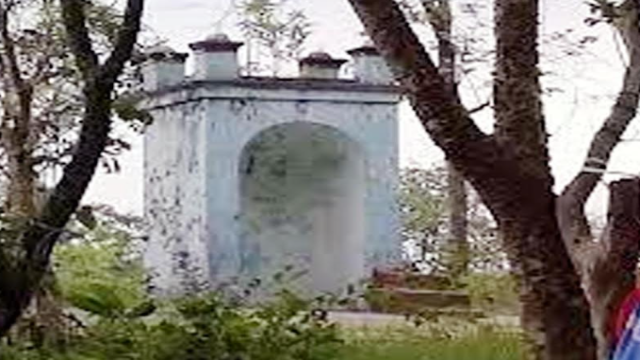


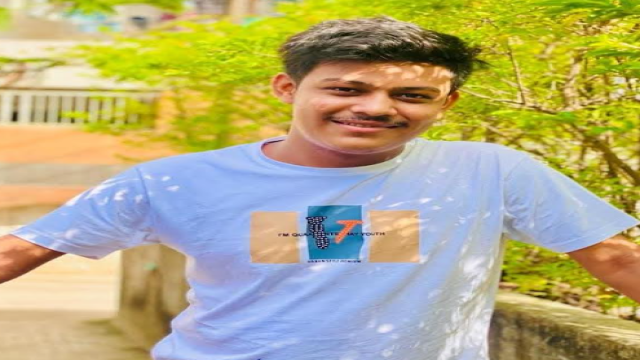
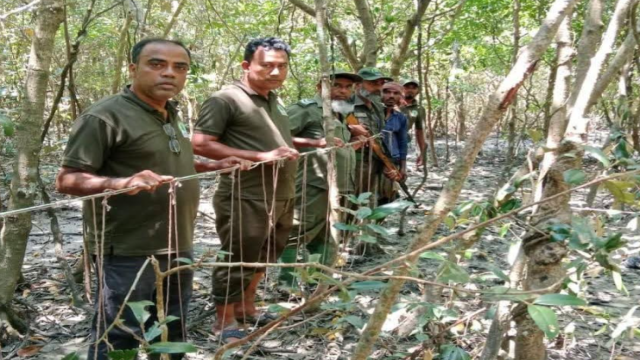
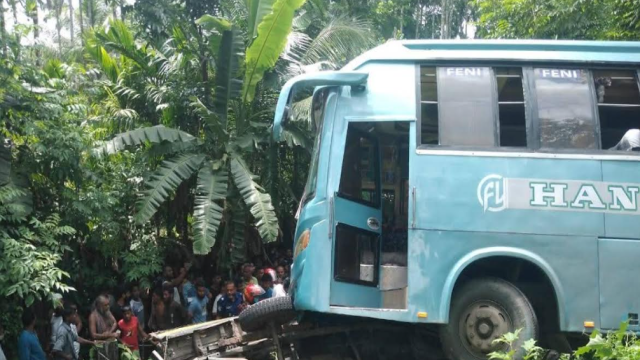
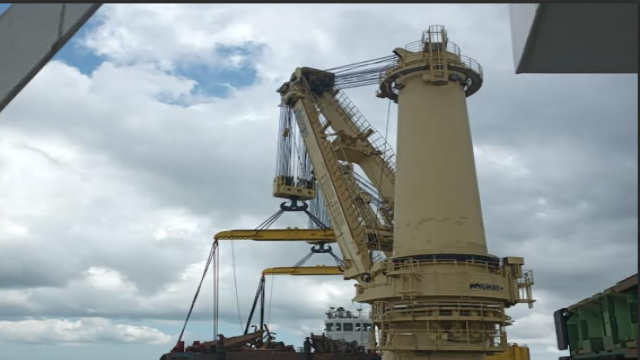
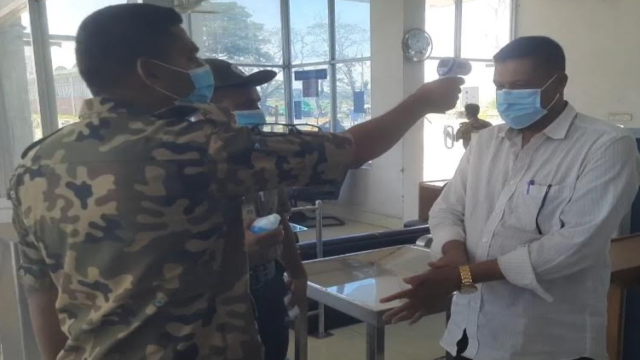
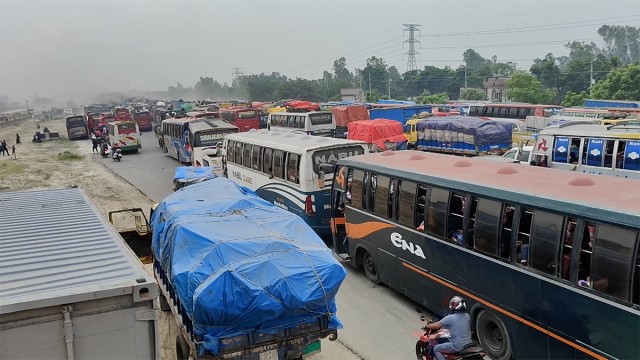

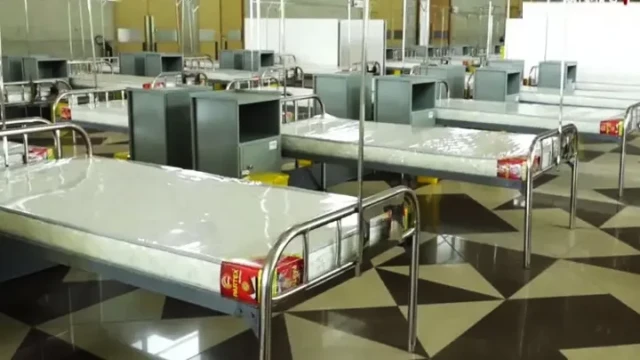
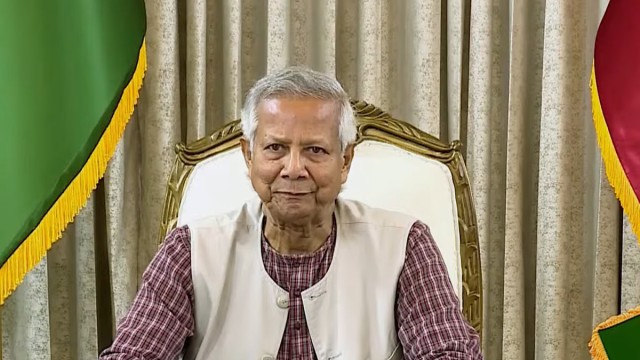
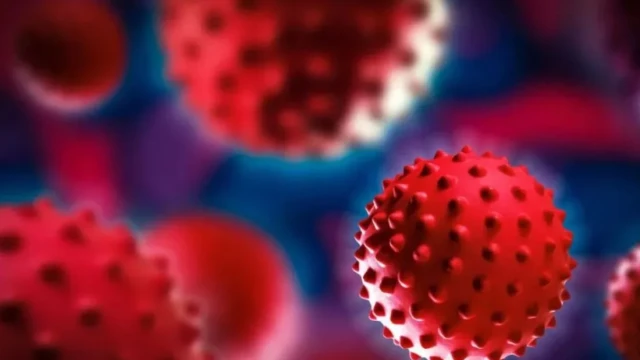
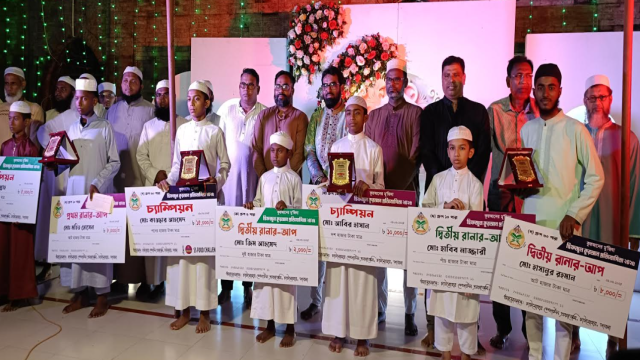
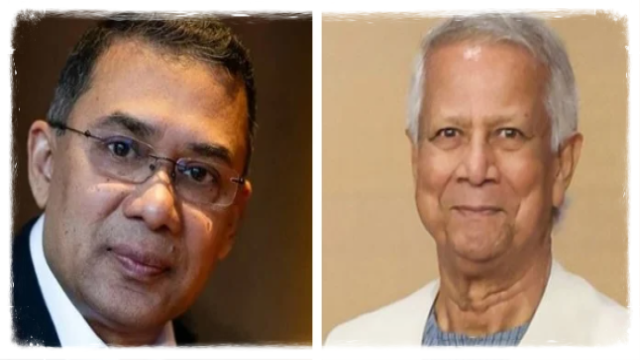
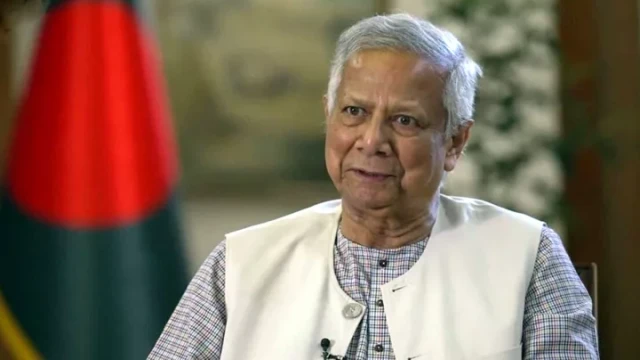
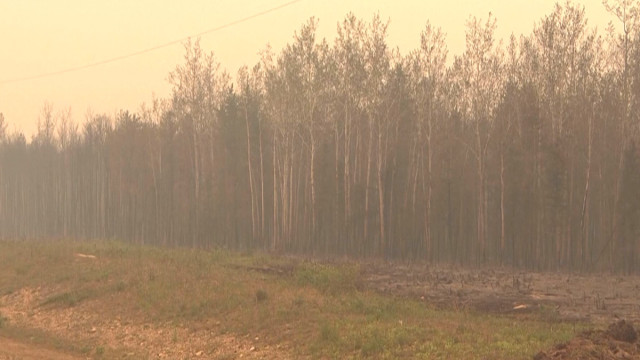
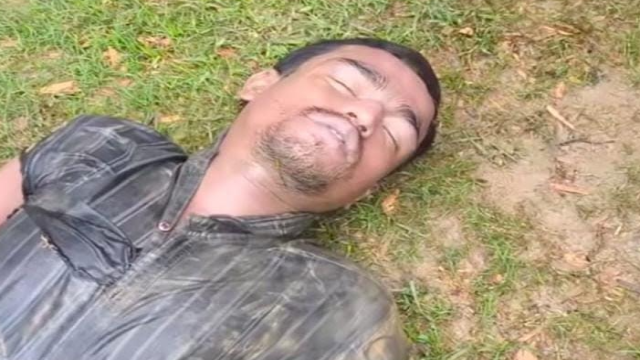
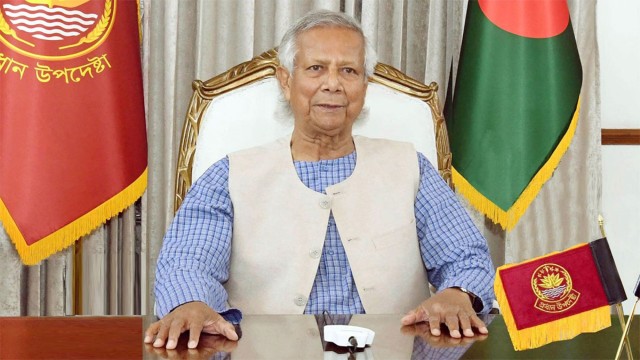

Comment: